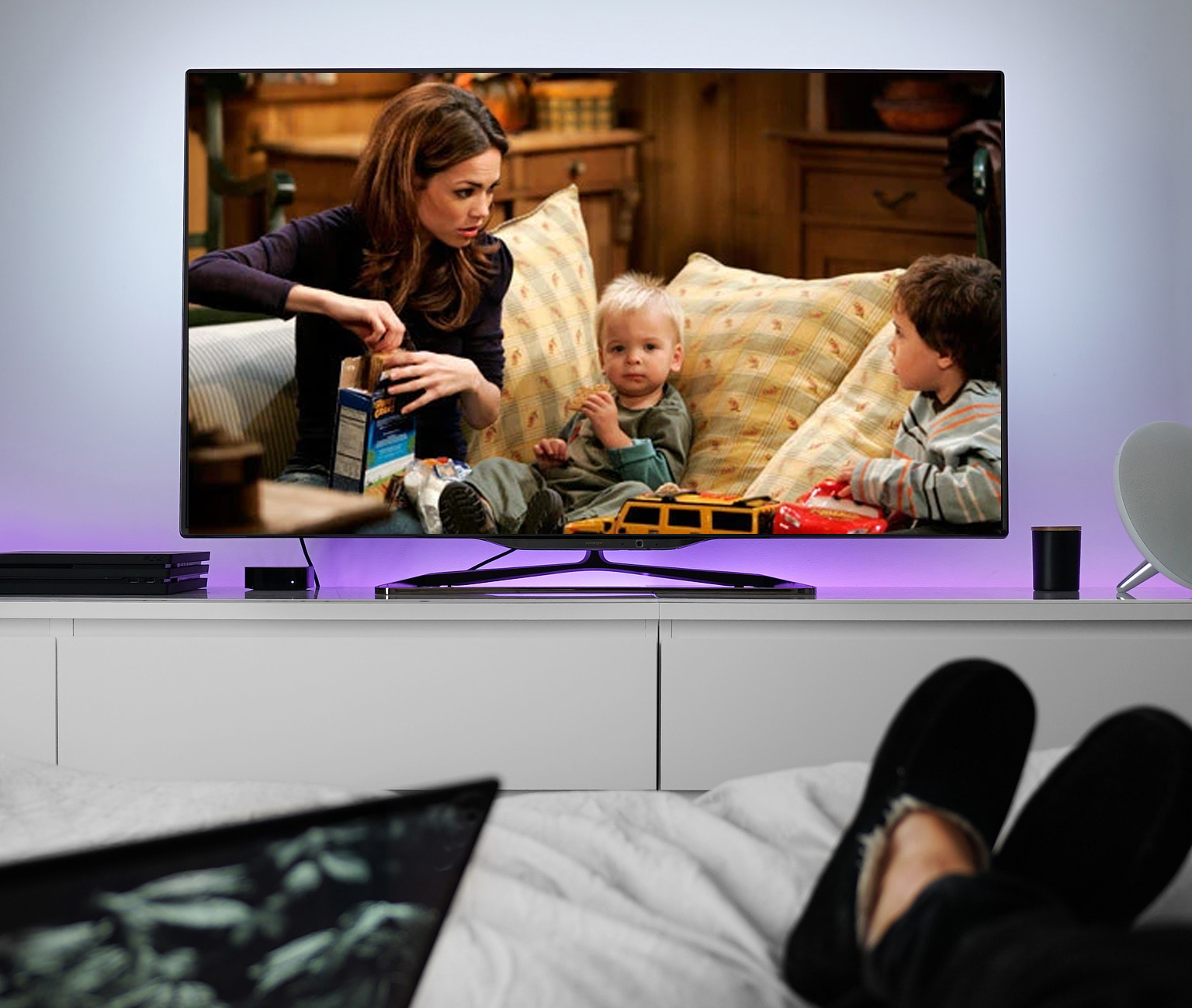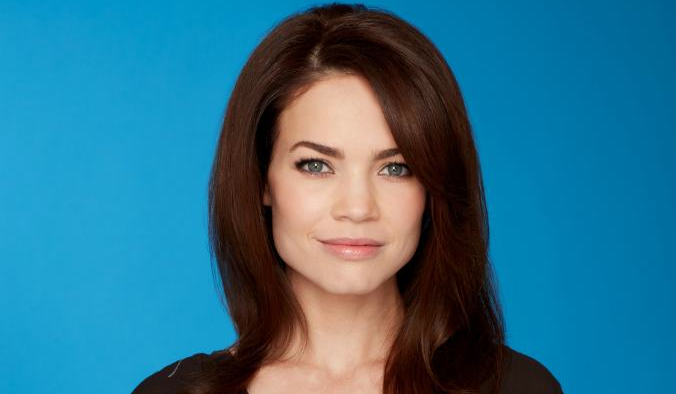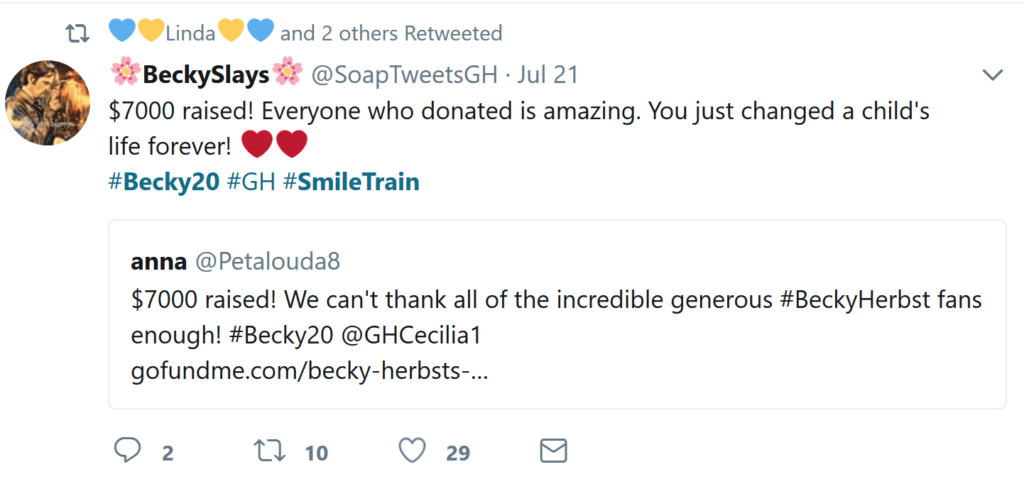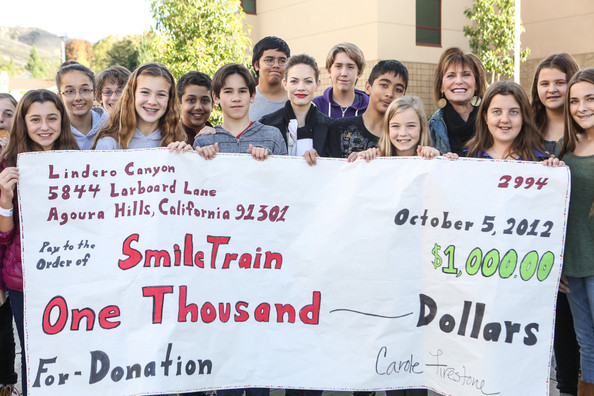Brand Community Lessons You Can Learn from a Soap Opera Fan Base…
What makes a community?
I’m a fan of some ridiculously unconnected things — like content marketing, soap operas and technology. (And yes, coffee, but that one doesn’t come into play here. Except that I’m drinking it as I write this.) And because most of the time, finding any correlation between these loves is a stretch, when the opportunity to connect those different dots pops up, I take full advantage.
Recently I watched an amazing example of brand community at its best — and hold your socks, marketers, it was from a soap opera fan base. Now, before you roll your eyes and click away (I see you over there), as a marketer, building a brand and building a passionate community around that brand that emulates the values you stand for is a high priority.
And because it’s a priority, I’ll take learnings anywhere I can get them. It’s one of my passions , in fact. So I challenge you to read on…
This community I’m talking about was built around a personal brand – an actress on a favorite show.
If you know anything about soaps, you know their fans are loyal.
I mean really loyal. Like UBER loyal.
As in, they will fight to the Soap Twitter (it’s a thing) death about whose character, whose pairing, which story is better. They will also fight like banshees to keep their favorites around.
Soap fans are often generational, just like me. My mother used to watch All My Children when I was a child, and so I watched All My Children. But I also went on to other shows I loved. Soaps are often maligned and made fun of, but they create some of the most loyal fanbases in the entertainment industry. And unlike other shows, those characters live in your world for decades and because of that, they create some of the most loyal fanbases in the world.
Actress Rebecca Herbst plays a character named Elizabeth Webber on General Hospital and has a very loyal fanbase who adored her. (In previous years, they campaigned to get her reinstated after she was let go from the show. ) A few months ago, she celebrated 20 years on the long standing soap opera, and her very passionate, loyal fanbase wanted to celebrate. Twitterverse (also referred to as #soaptwitter) was filled with messages of appreciation, shared favorite moments of stories and pairings, but the fans also came together to make a bigger, bolder statement.
They banded together to support Herbst’s charity of choice: SmileTrain.
A gofundme was started by a few of her fans to begin gathering donations, and they spread the word through Twitter. Yes, twitter, social media and their ability to find each other and share was how this worked. Because of a few tireless fans pulling everyone together, they accomplished a pretty amazing goal:
Through the course of this action, this group raised $7,000 for SmileTrain.
Why? And how did fans of an actress on a favorite TV show come together to make that decision? To make that gesture?
For many years, Rebecca Herbst has built this charity into her brand. She talks about it, encourages awareness and participation. It’s a part of her belief system that she shares with the community of fans — it’s one of the many reasons they follow her.
A community is built on shared values, and for those values to be shared, you — as the brand — have to state them. Live them. Emulate them.
Never more true was a statement emulated by Ms Herbst: Lead by example.
[Tweet “To build a brand community on your values, you have to lead by example. “]
Fans celebrated an actress they admire and appreciate in a way that shared values together, in a way that would make a difference to all of them. It was an incredible mirror of the brand that Rebecca Herbst has built, just by being herself. A brand that is genuine, authentic and true is one people can believe in, follow and want to emulate.
How do you create a community like this?
You can learn a lot from a variety of community builders. Soap operas are one, musicians another. Lady Gaga has built an incredibly strong following based on values and an understanding of being uniquely who you are. We all look to other companies and corporations and try to emulate their successful marketing habits, but we can forget to look at where true communities are built and why.
First: Know your audience
Building a community first means you have to know them, understand them and what impact you can have on their life. What do you empathize with? What problem are you trying to solve? What need do you feel? And community goes beyond selling them your products and services — it’s about connecting them to each other, finding a way to share and building something bigger than your brand.
Find those shared values among your audience.
Soap viewers tend to learn about soaps from their families. The shows themselves have a strong family connection and the characters we connect with are built in years of watching these soap families grow up. The viewers are primarily women. Family is likely a very strong shared value. Ms. Herbst’s charity of choice is about children. The connection there is undeniable.
That said, those shared values have to be genuine. It has to be a value you are passionate about, a core belief that drives you, something you see as imperative to your world and the world around you. If you try to assume values you think your audience wants you have as a brand, it won’t be authentic.
And believe me, they’ll know.
Recently, I saw video and blog posts from a marketing brand about Game of Thrones. It was blatantly apparent that they were trying to capitalize on the popularity… but it had little to nothing to do with their brand. It didn’t feel like an authentic connection. Be true to yourself, and find the natural fans. They are the ones who will build your community.
Choose the Communication Method to Connect Them
Soap Twitter is a thing. It’s where a lot of fans take to talk about the shows they love, share favorite scenes and find the other fans who love the same couples and characters they do.
There are also message boards, Facebook Groups, YouTube channels — you need to find the natural rooting spots for your community dwellers. This goes back to knowing your audience. When you figure them out, what makes them tick, what they need and where you fit, you should also understand who and what they are: young, old, tech savvy, old school. Where do they spend their time online for fun? Where do they go to learn about things? What sites matter to them?
[Tweet “Know where your audience spends their time online.”]
Engage and Interact
Part of community building is making that connection with them. One of the biggest mistakes I’ve seen brands make is that they lose that human touch in their customer engagement. Marketing emails come from the “Customer Service” department or the “Marketing” department. And social media responses — if the brand engages there at all — never have a human feel. I see this in responses to FB sponsored ads far too frequently – the responses to questions are a pat answer that gets copy/pasted down the row. People notice, and it makes you feel less relatable.
Don’t be afraid to connect on a human level with your customers. Go forward and be bold. Be funny. Take risks. Use gifs, emojis, bitmojis… Share pieces of yourself. If you’re doing the other steps — they will come.
On the flip side, don’t engage in the negativity. That then becomes a part of your brand. Stay above the fray, and be true to your values. Remember, your community is watching.
Above all, be patient. Community building isn’t for the immediate-gratification-needing peeps out there. It’s work, it’s consistency and it’s going to take time.
Observe Unlikely Sources
If you’re stuck and can’t figure out how to build your own brand community, then I challenge you to think outside your box. If your business was a movie, what movie would it be? If your brand was a TV show, what TV show would it be?
[Tweet ” If your business was a movie, what movie would it be? “]
Have your movie or TV Show? Great.
Now, what can you describe about the audience who loves that movie? If you chose a Marvel superhero movie, the Marvel fans share a lot in common. If you chose Gilmore Girls as your TV show spirit animal, that also says something about who you think your business might appeal to.
Break down their audience. Their fans. See what resonates. Find the unexpected. Try the different. We get so caught up in the business of things that we can easily forget that emotions underly everything. And nothing connects better to emotions than our choices for entertainment.
[Tweet “We get so caught up in the business of things that we can easily forget that emotions underly everything. “]
So tell me: If your brand was a TV show…
















Great article!